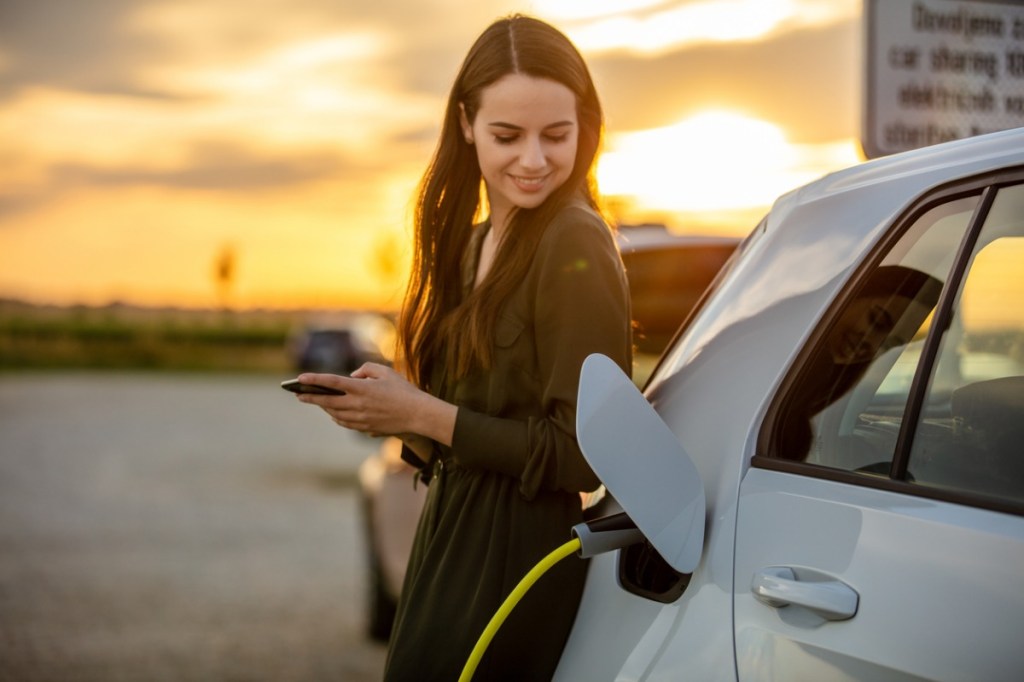The NSW Government is committing almost half a billion dollars in tax cuts and incentives as a part of its Electric Vehicle (EV) Strategy, which aims to see EV sales rise to more than 50 per cent of new cars sold in NSW by 2030.
Treasurer Dominic Perrottet said $490 million is being committed in the 2021-22 NSW Budget to cut taxes, incentivise uptake and reduce barriers for EV purchases over the next four years.
“Our comprehensive strategy is about making sure we have the right mix in place to incentivise the take-up of electric vehicles while ensuring everyone who drives on our roads contributes to funding and maintaining them,” Perrottet said.
“Our strategy also commences long-term major tax reform. Today we begin the process of permanently phasing out stamp duty on electric vehicles and a deferred transition to a fair and sustainable per-kilometre road user charge for electric vehicles.
“From September this year, we will waive stamp duty for eligible EVs under $78,000 and $3,000 rebates will be up for grabs for the first 25,000 purchasers of battery and hydrogen fuel cell electric vehicles under $68,750.”
Minister for Transport and Roads Andrew Constance said the EV Strategy will help the NSW Government take action on climate change.
“Our transport sector currently makes up 20 per cent of the state’s emissions, with almost 50 per cent of those coming from passenger vehicles,” Constance said.
“Electric vehicles are not only cheaper to run and quieter on our roads, but they also reduce both carbon emissions and air pollution which results in dramatically improved health outcomes for our communities.
“As the world’s right-hand drive market moves to manufacturing electric vehicles, we have to make sure we have the policies in place to give industry the green light to increase model availability and cut entry price points.
“The average NSW driver will save around $1,000 a year in running costs by switching to an EV, and those savings can be up to $7,500 a year for businesses, taxis and freight.”
Energy and Environment Minister Matt Kean said: “Countries and car makers around the world are moving to EVs and NSW consumers deserve access to the latest vehicle models when they go to buy a car.
“We also know that, with new cars staying on the road 15 years on average, the vast majority of new cars sold in NSW need to be EVs by 2035 to achieve net zero emissions by 2050.
“Our aim is to increase EV sales to more than 50 per cent of new cars sold in NSW by 2030 and for EVs to be the vast majority of new cars sold in the state by 2035.
“This nation-leading plan will help us achieve these objectives by tackling the three biggest barriers to purchasing an EV – range anxiety, upfront cost, and model availability – and is forecast to see EV new car sales hit 52 per cent by 2030-31.”
The $490 million in funding and tax cuts includes:
- Stamp duty will be waived for eligible electric vehicles (battery and hydrogen fuel cell vehicles) priced under $78,000 purchased from 1 September 2021;
- Rebates of $3,000 will be offered on private purchases of the first 25,000 eligible EVs (battery and hydrogen fuel cell vehicles) under $68,750 sold in NSW from 1 September 2021;
- $171 million for new charging infrastructure across the State. This includes $131 million to spend on new ultra-fast vehicle chargers, $20 million in grants for destination chargers to assist regional tourism, and $20 million for charging infrastructure at public transport hubs on Transport for NSW owned land.
- $33 million to help transition the NSW Government passenger fleet to EVs where feasible, with the target of a fully electric fleet by 2030. These vehicles typically are onsold after three to five years, providing availability for private buyers in the second hand market.
The Strategy builds on the programs in the State’s Net Zero Plan Stage 1: 2020-2030 and Future Transport 2056 Strategy.

